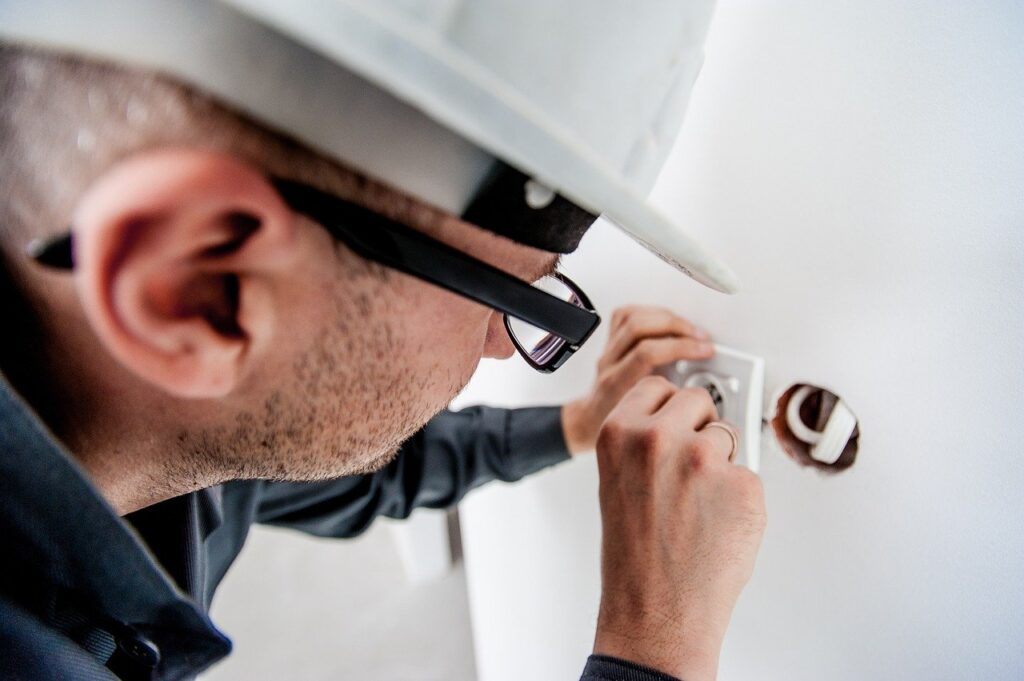Relays are control switches which function with low-powered electricity signals handling the control of most kinds of circuits. For example, an ideal relay solution has a single electrical signal set up to manage multiple circuits. This permits full isolation of power between the controller and the handled circuits.
These signals can be compared to a relay race in sports where there are sequential phases, and one team member passes the baton to the next. Similarly, in broadcast or microwave transmitter relays, transponder signals are reproduced or repeated from another source.
The above-provided description of relay applications can help you understand the various relay processes utilizing electromagnetic control operators or switches or solid state relay controllers.
Between the years 1831 and 1840, many inventors succeeded in achieving breakthroughs in their relay experiments. They perfected their relay solutions for the electrical telegraph that aims to digitally enhance repetitive signals to increase the range of older telegraph transmission systems.
Fundamental Relay Designs
Sometimes, multiple relay types might be suitable for your particular application. You need to understand the different relay styles, technologies, and form factors to select the best relay for your specific requirements.
Some applications rely on particular strong points of a relay solution, and many types of relays have restrictions that are not apt for all kinds of controllers or switches. The two common types of relays are solid state relays and mechanical relays.
Solid State Relays
Solid state relays do the same work as mechanical relays but are different from them as they do not have any moving parts. They are semiconductor devices that utilize light and not magnetism to actuate switches. Most platforms using solid state relays leverage light from a LED source or have a light-emitting diode. The open space’s load end senses the light and triggers a solid state switch that controls the circuit’s opening and shutting.
Solid state relays offer the advantage of protecting circuits from electrical noise. They have low RFI/EMI and no contact bounce, and their life is longer compared to mechanical relays as they do not have any moving parts.
Mechanical Relays
Mechanical relays use an electromagnetic coil which is energized by a current to open or shut a circuit for one or multiple relays. This application is safe because the solution requires a power source to function. The magnetic field pushes or pulls the switch’s arm, initiating or removing contact.
A relay works as an insulator which protects the used device. When the control or input end, and the load or output end, are not electrically linked, the relay stops any power surges from damaging your application. A system with multiple mechanical relays enables users to securely switch several devices on or off in sequence, in a specific order, or by utilizing an automated collection of timers.
Multiple mechanical relays are used in controllers that initiate a Cybernetic Fountain display, which is timed to coordinate with music, water displays, and laser lights.
For example, the Nam Van Lake Cybernetic Fountain show has 86 spouts and 288 spotlights that are arranged as a well-choreographed fountain show. The show includes laser action and music. Relays-related to electrical circuitry include washing machines, refrigerators, and air conditioning controls. The input could be electrical or directly mechanical. The reverse setup is also used often.
Other relay types include pneumatic or hydraulic relays. All relay types host sensing units inside an electric coil, which are switched on or off powered by DC or AC current fluxes.
Our Advice
We suggest that you approach a reliable vendor or licensed experts to get suggestions for suitable solid-state relays for your electrical systems. They provide you with expert guidance for selecting the best available solutions that offer good value for money and also help you with the installation procedure.
